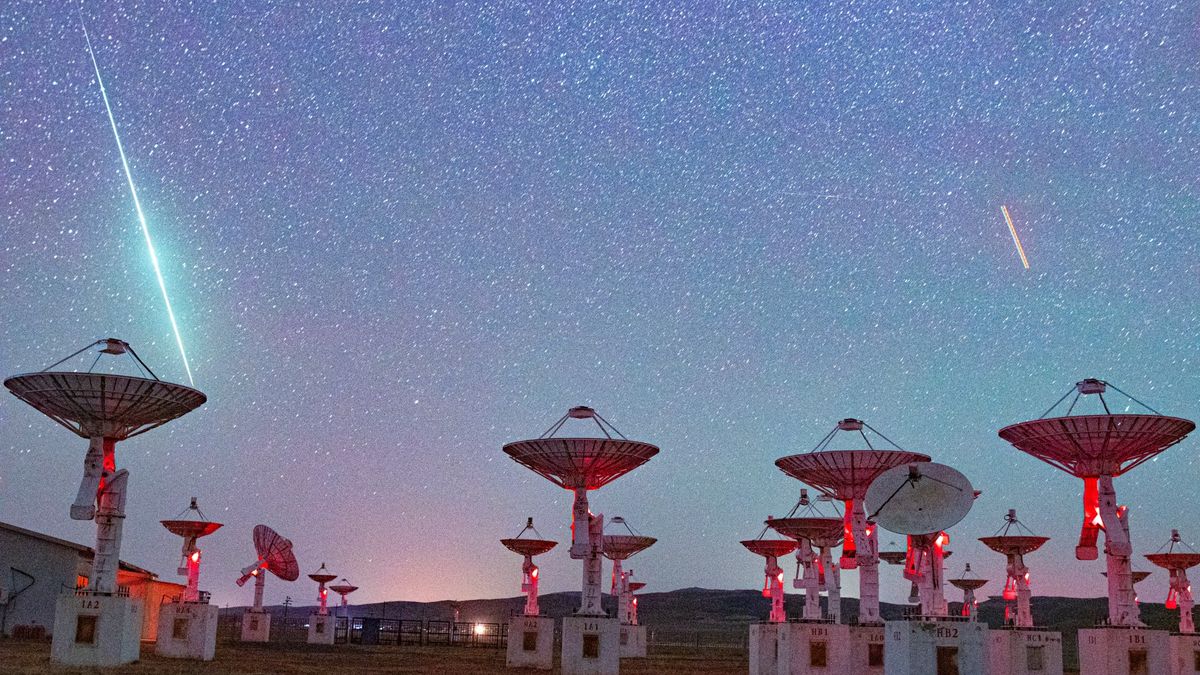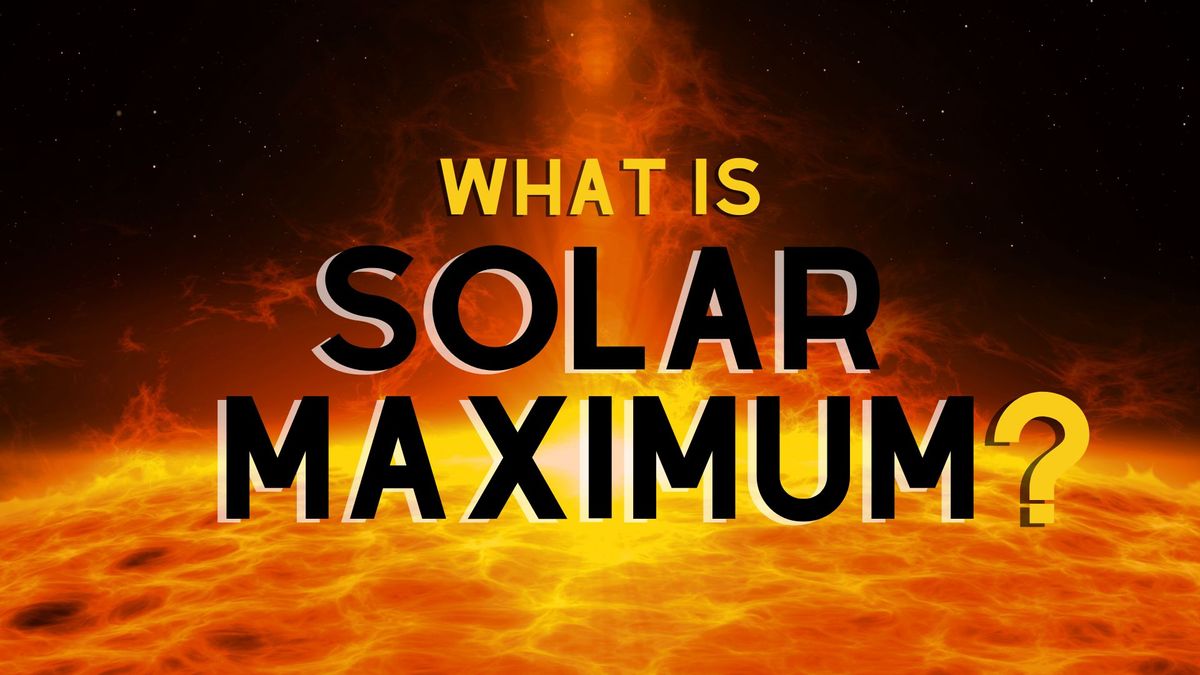The Annual Lyrid Meteors
On Monday morning, April 22, sky gazers will experience the peak of the annual Lyrid meteor shower, marking the first significant meteor shower in nearly four months. However, the year 2024 will present viewing challenges for those hoping to witness these celestial phenomena due to a bright waxing gibbous moon that will slightly impair visibility just one day before reaching full phase.
The moon will be located approximately 10-degrees to the west (right) of the bright bluish star Spica in the constellation of Virgo, dominating the night sky during the overnight hours of April 21-22. Consequently, discerning all but the brightest Lyrids may prove to be quite challenging.
It is essential to note that the Lyrid meteor shower is not considered as bountiful as other prominent showers such as the December Geminids or the August Perseids. Typically, observers can expect to witness around 10 to 20 meteors per hour under optimal viewing conditions with dark, clear skies. These meteors are known for their brilliance and rapid movement, streaking through Earth’s atmosphere at an average velocity of 30 miles (48 km) per second, with approximately a quarter of them leaving behind persistent trails.
The Origins of the Lyrids
The Lyrids trace their origins to the long-gone comet Thatcher, discovered in April 1861 by amateur astronomer A.E. Thatcher from New York. The Lyrids consist of minuscule debris shed by the comet during its previous encounters with the sun. With an orbital period of about 415 years, the Lyrids’ orbit bears a striking resemblance to that of comet Thatcher, aligning with Earth’s path annually around April 22.
These celestial events are named “Lyrids” as their trajectories, projected backward, seem to emanate from a location not far from the brilliant bluish-white star Vega in the constellation of Lyra the Lyre. Therefore, viewers seeking to witness the Lyrids should look towards the south and west of Vega, which begins to rise above the northeast horizon at 9 p.m. local daylight time, culminating in its highest position in the sky by 4 a.m.
To optimize your viewing experience, it is advisable to lie down on a comfortable lounge chair to avoid straining your neck or shoulders. Additionally, ensure that you are adequately bundled up for the cooler April nights, as the temperature can still be chilly despite the approaching spring.
Ancient Origins and Surprising Events
Among all meteor showers, the Lyrids hold the distinction of being the oldest recorded shower, dating back to 687 B.C. when the Chinese documented “many stars flying from the northeast.” Throughout history, significant Lyrid showers have been observed, including remarkable events in 15 B.C. (China), 1136 (Korea), and 1803 in Richmond, Virginia, where townspeople were startled awake by a dazzling display resembling a shower of skyrockets.
Throughout history, the Lyrids have exhibited sporadic bursts of activity, such as the unexpected rate of 96 meteors per hour in 1922 and 80 meteors per hour in 1982, surprising avid observers. Despite being classified as a modest meteor shower, the Lyrids have a legacy of defying expectations, making them a compelling astronomical event worth watching.
Image/Photo credit: source url





